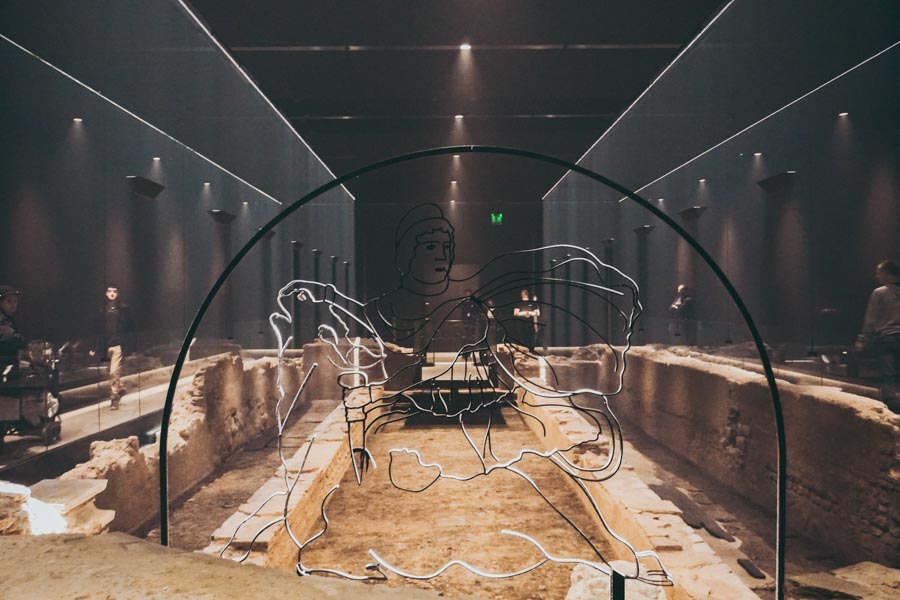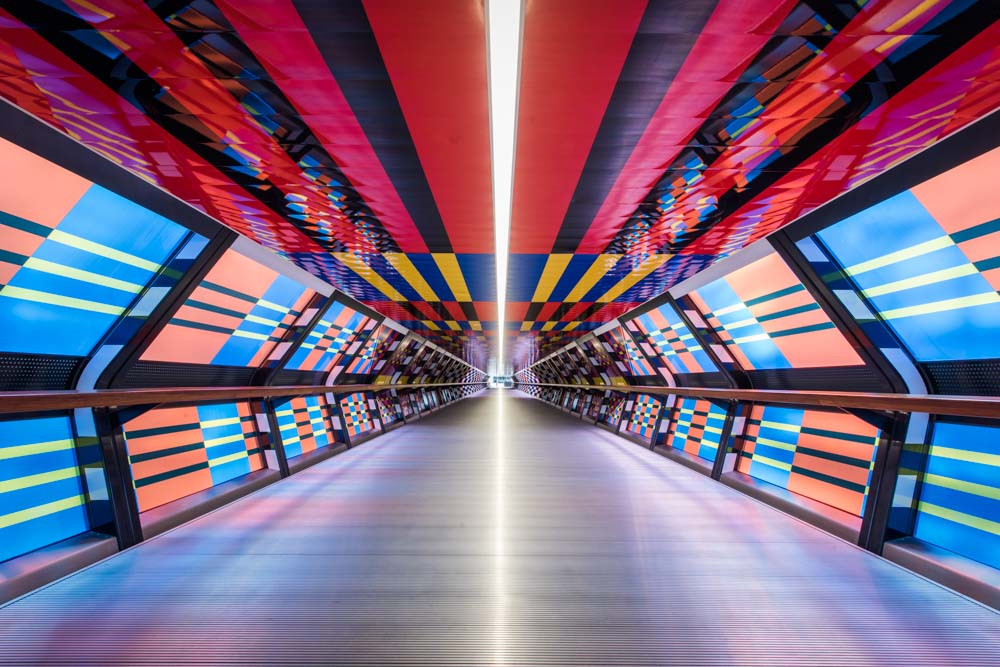The London Mithraeum is one of London’s hidden treasures. A Roman temple tucked underneath the Bloomberg buildings, let’s discover one of the city’s most important archaeological sites.
Do you ever come across one of those unusual places in London that you never knew existed? The London Mithraeum was that place for me.
Never in a million years would I have guessed that there was a Roman temple underneath the shiny new buildings of Bloomberg’s European HQ.
Planning a visit to the Temple of Mithras? Here’s what you need to know.
What is the London Mithraeum: London’s Roman Temple
The Temple of Mithras is a reconstructed temple dedicated to Mithras that’s located under the Bloomberg European HQ in London.
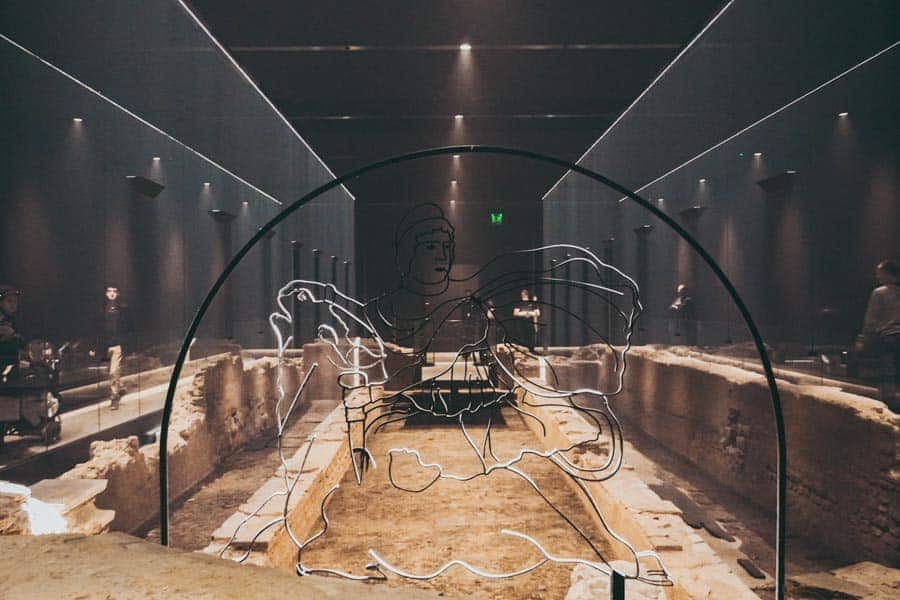
Who was Mithras?
Admittedly, experts don’t actually know a huge amount about Mithras – the cult who worshipped him were incredibly secretive and only four temples to Mithras have been discovered in the UK to date.
According to legend, Mithras was born from a rock in a cave and had impressive reserves of strength. He was most famous for using this strength to kill a divine bull and nourish mankind for the rest of eternity.
In other words, he was a pretty important dude who gained a cult following.

A Big Mystery
The scene of Mithras killing the bull is known as tauroctony – experts interpret it as a symbol of fertility and creation.
This was such a popular image that dedicated worshippers recreated the original cave setting by building their temples underground.
While he was originally a Perisian God, Roman soldiers took to worshipping Mithras in a religion known as the Mysteries of Mithras. It was a male-only religion and shrouded in secrecy. Only those who were initiated into the cult knew the full extent of the beliefs and practises.
The Cult of Mithraism
Saying that, it is thought that his worshippers gathered in darkened temples dedicated to him to perform animal sacrifices and drink in his honour. The temple that stands today aims to capture some of that mystery and experience (with a little extra bit of performance that really adds to the experience).
Mithraism was believed to have explained how the cosmos came to be, with initiates being given special insight into their role within the universe.
Make sure to keep your eye out for the iconic bull image next time you visit a Roman ruin (whether that’s in London or anywhere else). If you find one it’s likely that someone from the Mithraism cult was responsible.
The History of the London Mithraeum
The site lies on the course of one of London’s lost rivers, the Walbrook. When the Romans founded the settlement of Londinium around AD 47, the river marked the city’s outer boundary.
Although, this didn’t last too long as they gradually reclaimed land from the river as the town expanded.

The temple was eventually built on this reclaimed land in the 3rd century AD – again, nobody knows exactly who built it, but it was likely a talented group of tradesmen during the height of Mithraism.
When the Romans left England, Londinium moved location towards modern-day Covent Garden and the temple was forgotten, buried under the growing city until it was rediscovered in 1954.
The site was excavated by W.F Grimes, who was the director of the Museum of London, along with Audrey Willams. They had initially hoped that the temple was an early Christian Church, but soon realised that they had stumbled across a Roman treasure underneath the streets of London.
Read More: Interesting Facts About London
Why is the Temple of Mithras so Well Preserved?
In short, the waterlogged nature of the lost Walbrook river provided the perfect conditions for preserving many of the artefacts displayed in the Mithraeum, as well as the temple itself.
There were more Roman artefacts found here than any other archaeological site in the City – a whopping 14,000 – not to mention over 50,000 shards of Pottery and several tonnes of animal bone. Don’t worry… you can see plenty of these during your visit to the Temple of Mithras.
Due to the secretive nature of the Mysteries of Mithras religion, when a team began working to reconstruct the temple, it was a long process of systematic guesswork based on other archaeological sites.
The result of all this hard work is an incredibly immersive experience that really allows us to see a snapshot of Roman Britain.
Although obviously, nobody who is alive today was there at the time, experts are quite sure that this is what the temple would have originally looked like. Which, I don’t know about you, but I think is rather cool.
Why Visit the Mithraeum?
How often do you get the chance to visit a Roman temple buried underneath the City of London?
Aside from the surrealness of the experience, you need to visit if not only to appreciate the craftsmanship and hard work that went into restoring the temple.
The Mithraeum is spread out over three levels, with the Temple located on the lowest of the three. The other levels feature exhibitions of Roman artefacts and information about the cult of Mithras and how they reconstructed the temple.
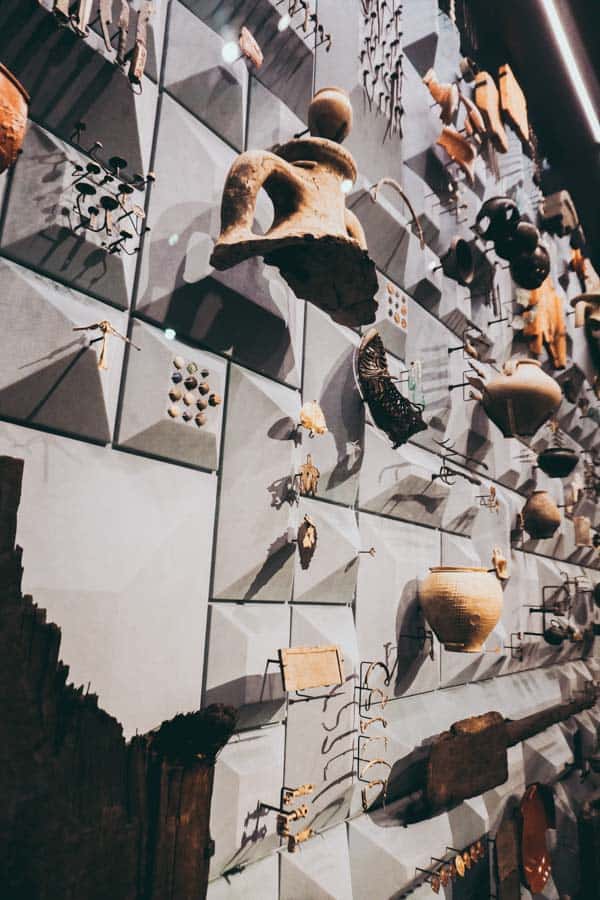
The top level, Bloomberg SPACE, displays modern art works alongside a selection of the many Roman artefacts found on the site.
Each level takes you to another part of London’s history. The current ground level is 9 metres above ground level during Roman times, so you walk back through time with each descending step. It’s a fascinating walk into the London of times long past – and that’s all before you get to the temple itself.
The Temple is the single most interesting piece of Roman archaeology present in London. The ruins are interesting, but it’s the evocation of what it would have been like inside the Temple of Mithras that really brings it to life.

Entrance to the temple is timed so that visitors can experience the full installation. We’re talking haze, chanting, light projections – it’s unusual and completely compelling. It’s a way to step into Roman London, without it feeling like a gimmick.
The iconic image of Mithras slaying the bull sits at the centre of the temple, gradually illuminated with shafts of light as the installation progresses.

The installation was created by design studio Local Projects – who also worked on the September 11 Memorial Museum. Their aim was to create a minimalist experience that had maximum impact – something they really succeeded in doing.
Exhibitions
Bloomberg SPACE also commissions many long-running works from a range of world-renowned artists. From contemporary art to photography based on Roman sites, it’s worth checking which ones will be running when you visit.
On the top floor right now you can catch Do Ho Suh’s Proposal for Sach’ŏnwang-sa, an interesting interpretation of a traditional Korean Temple made from delicate silks, sitting atop of the Mithras one.
This is one of the most famous Korean temples, and it’s really interesting to view the silks and shapes that influenced Korea thousands of years ago – and compare them to the Roman temples of Britain.
Other Roman London Spots
If discovering Roman London is your thing, make sure you check out this article about the London Wall walk, which takes you around the outskirts of the Londinium, as it was known then. Roman London was full of secrets, many of which can still be seen across the city today.
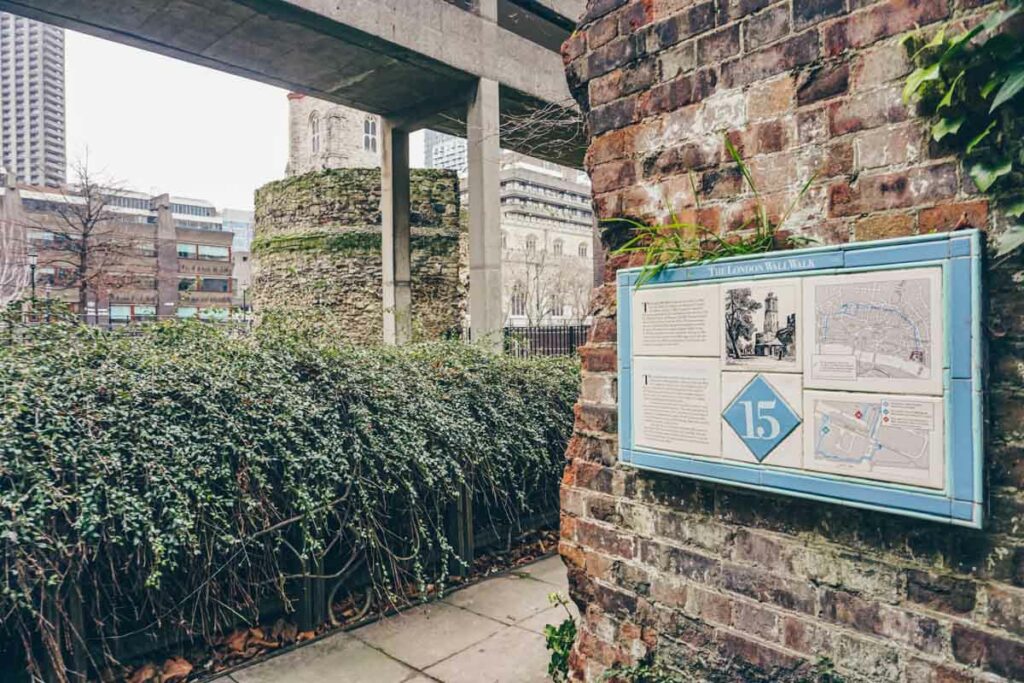
You’ll be able to spot plenty of Roman ruins, walls, and forts as you make your way along the walk. All whilst guided by a handy series of plaques that give you some fascinating background information.
Another brilliant place to visit is the Guildhall Gallery. During a reconstruction in 1998, architects actually discovered a buried Roman Amphitheatre, which is now on display for everyone to enjoy.
How to Visit the Temple of Mithras
Visiting the London Mithraeum museum is free of charge but you should book ahead to ensure that you can enter the temple, which is by timed and ticketed visits only. The nearest tube station to the Temple of Mithras is Bank.
You can book your timed entry here.
Opening Hours
Tuesday – Saturday 10am – 6pm
Sundays 12pm – 5pm
First Thursday of the month 10am – 8pm
Closed Mondays, Christmas & New Year’s Day.
London Mithraeum Museum: Map
Love this? Save and Share on Pinterest
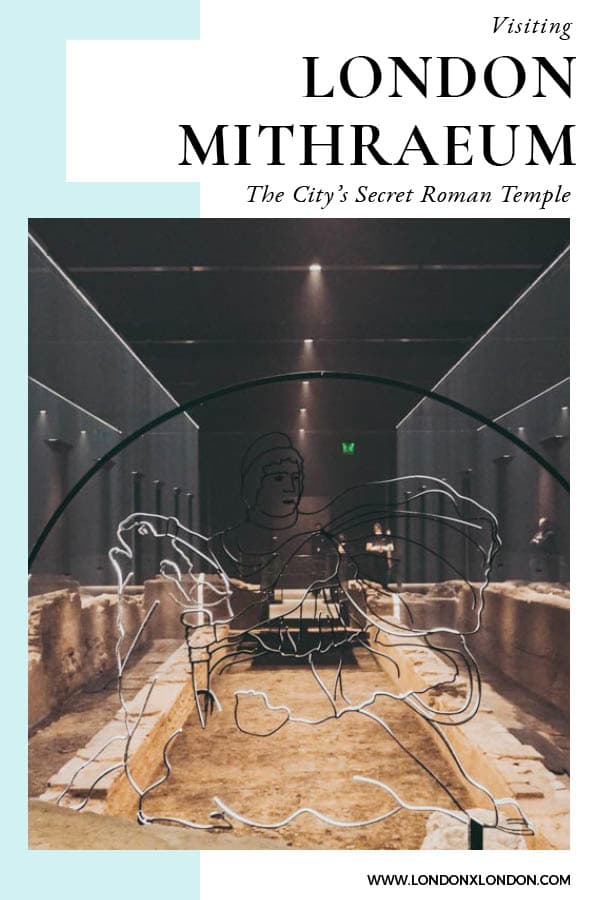
Looking for More London Guides?
Check these out…
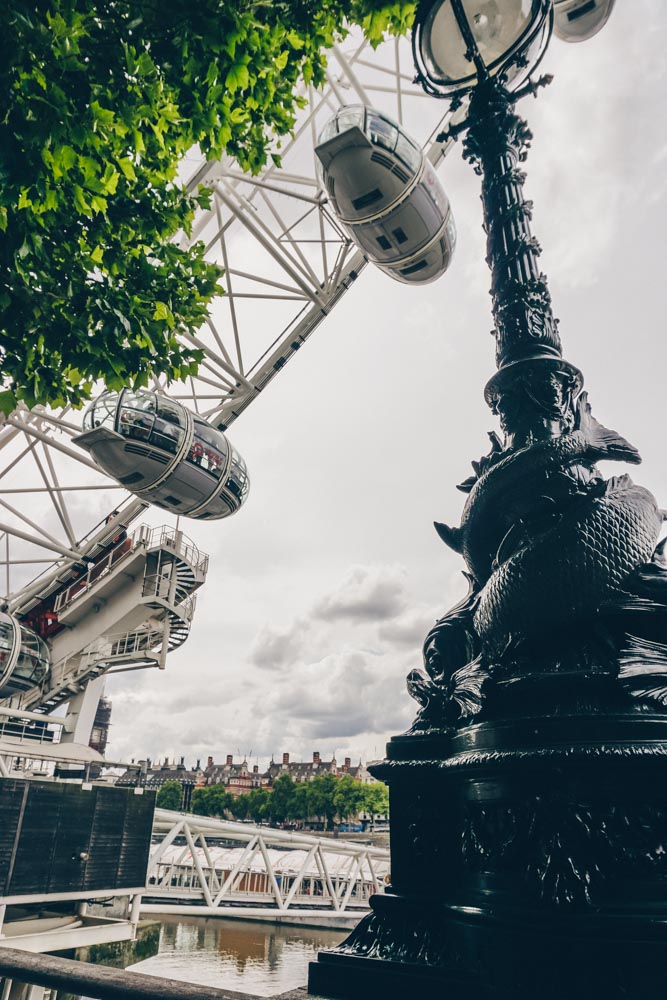
Interesting London Facts
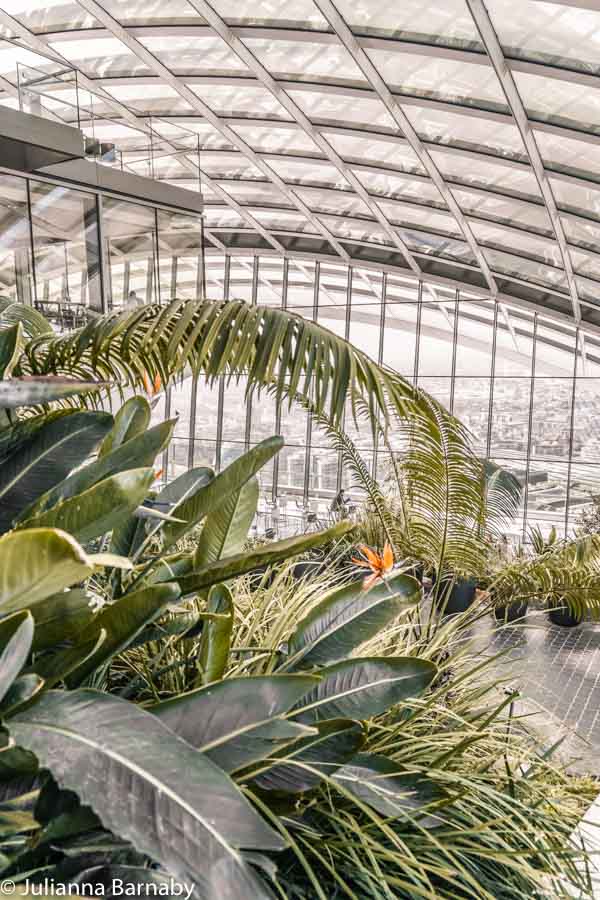
Brilliant Things to do in London
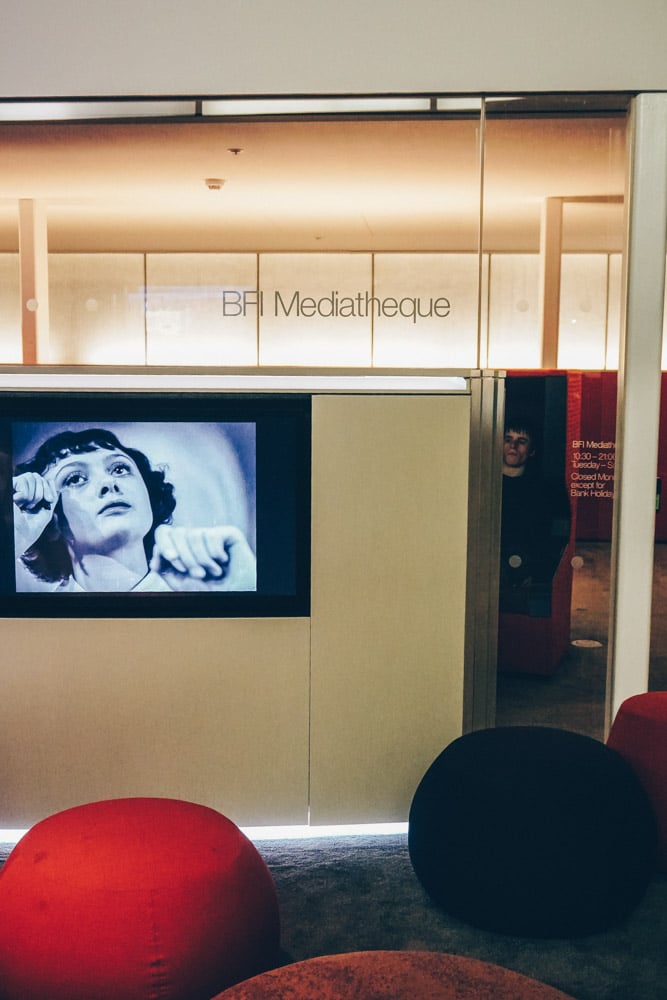
Quirky London Spots

